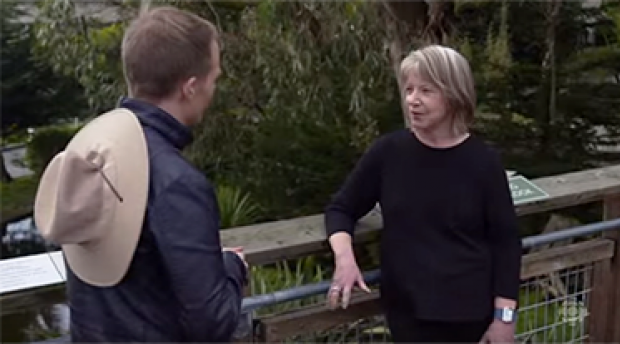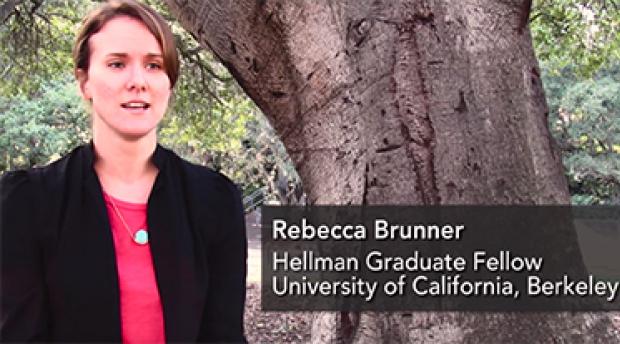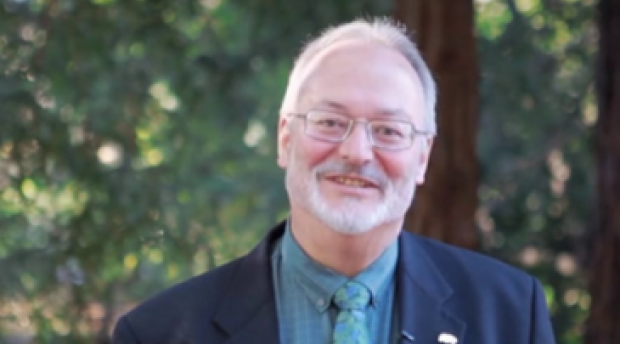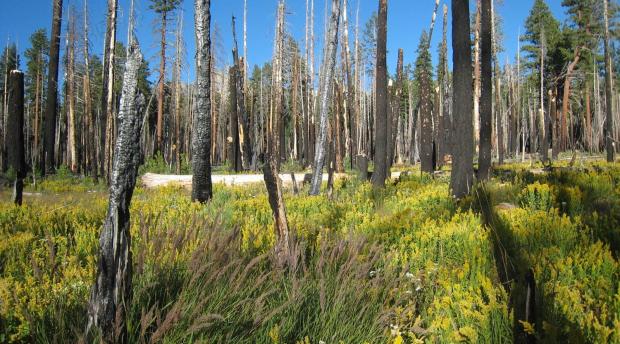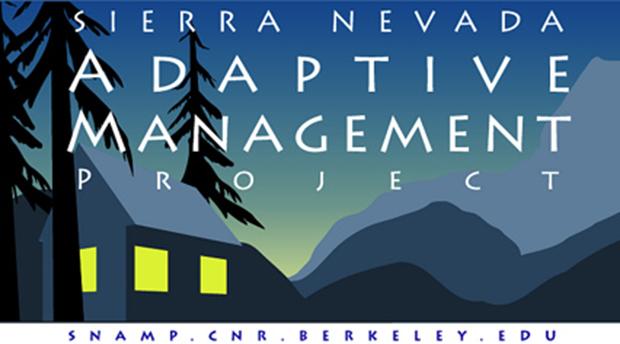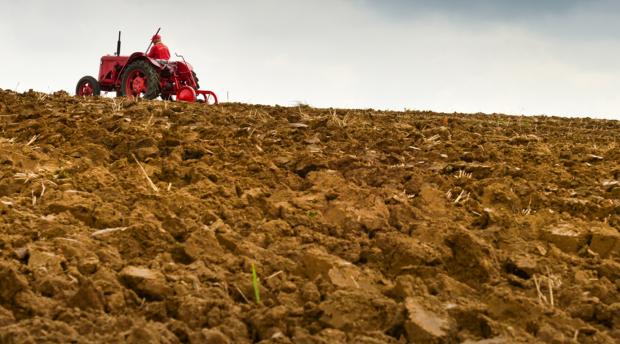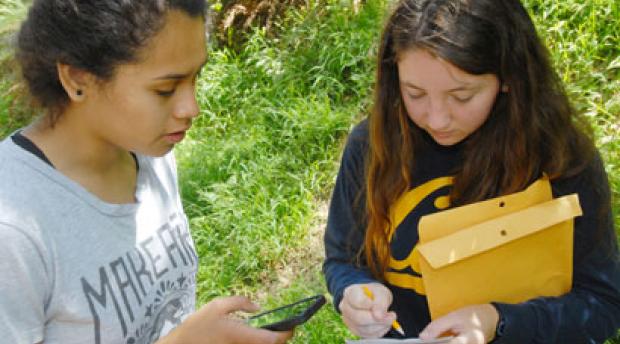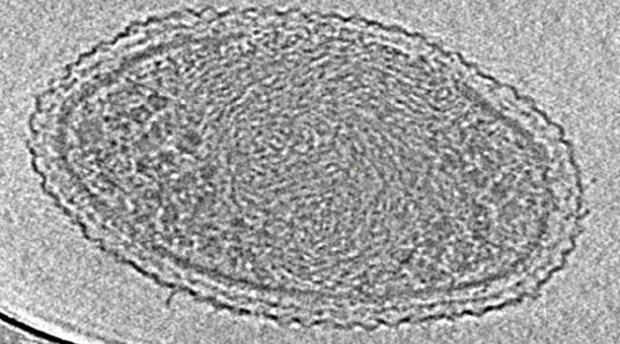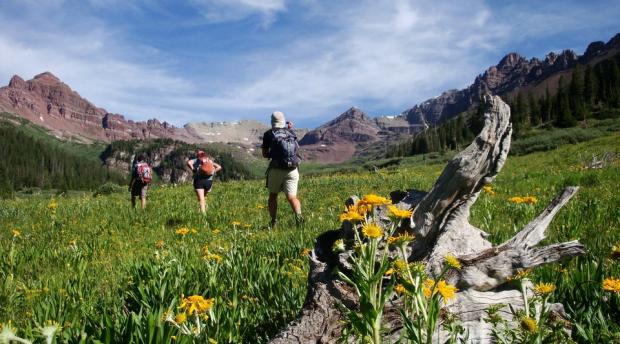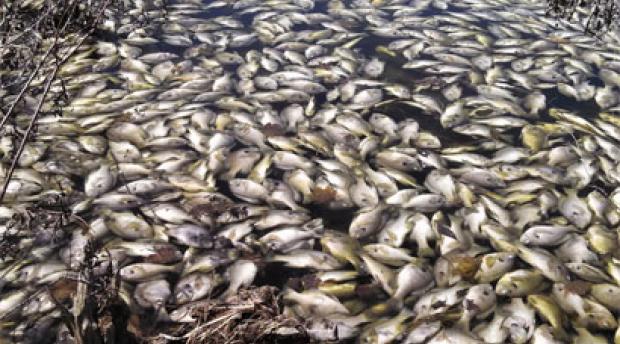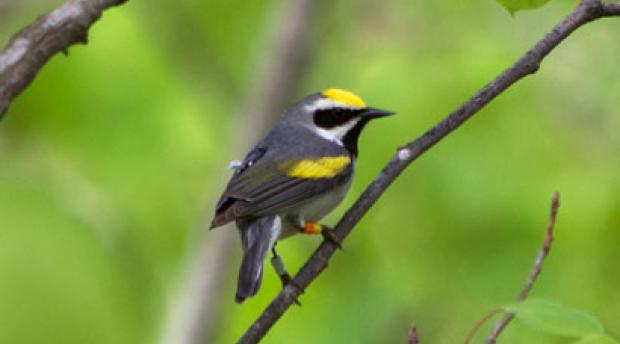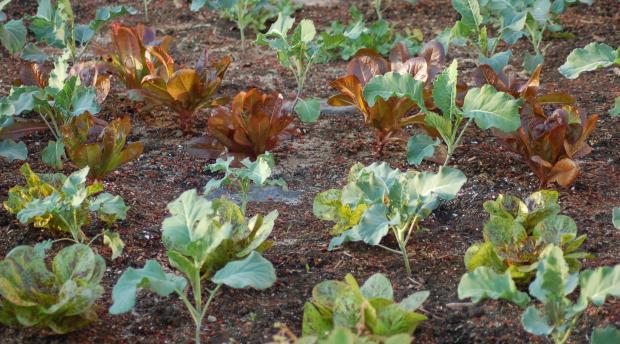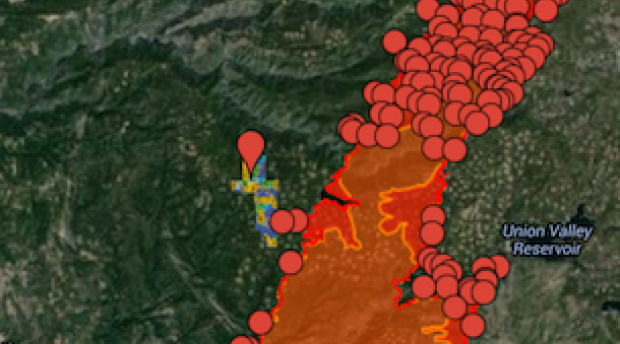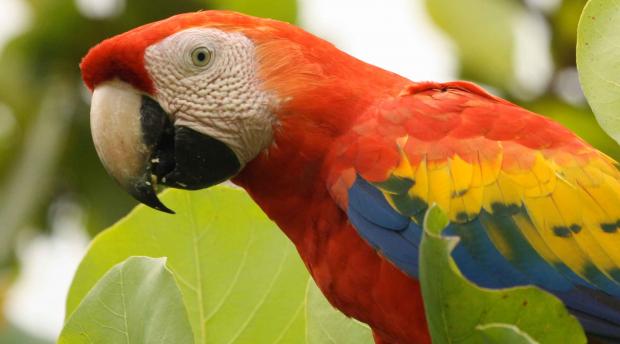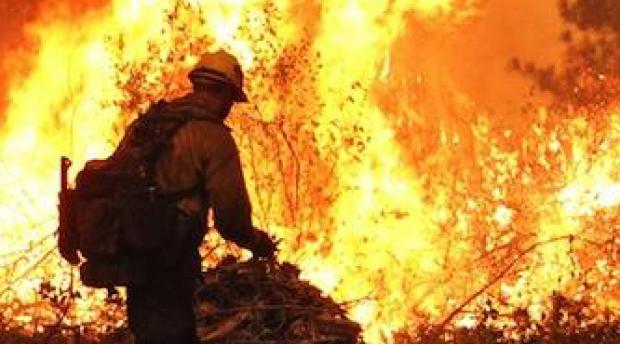In the News
Video: Matthew Luskin on Tracking Tigers in the Rain Forest
PhD candidate and National Geographic grantee Matthew Luskin spent a year in the rain forest of Indonesia tracking critically endangered Sumatran tigers.
Katharine Milton on the curious case of vitamins and me
ESPM Professor Katharine Milton appeared in an episode of a Canadian TV series to discuss the loss of the ability to synthesize vitamin C and what this means for humans today.
Rebecca Brunner Takes 1st Place in Video Contest
Congratulations to 1st year Ph.D student Rebecca Brunner, the first place winner of the 2016 Distinguished Fellows Video Contest.
Forestry Professor will continue to chair California Board of Forestry and Fire Protection
Governor Brown announced yesterday his reappointment of J. Keith Gilless, dean of the College of Natural Resources and professor of forest economics, as chair of the California Board of Forestry and Fire Protection.
Fighting fire with fire benefits forests, watersheds
Research in the Illilouette Creek Basin shows that allowing fires to burn, rather than strict fire suppression, can lead to more resilient forests with smaller future fires and lessened impacts on the environment.
Ten-year Sierra Nevada Adaptive Management Project finds consensus on managing CA forests
ESPM scientists and their collaborators on the SNAMP project say there is a great need for forest restoration and fire hazard reduction treatments in Sierra Nevada forests.
Save the soil to save the Earth
In an interview with Aeon.com, professor Amundson discusses how we can address the current problems with our soil – or whether we should start looking at the desolate surface of Mars as our future.
CA Matters Video: Jennifer Sowerwine on the changing face of California Agriculture
ESPM Cooperative Extension Specialist Jennifer Sowerwine appeared on New York Times columnist Mark Bittman's video series to discuss Hmong and Mien farmers in California's Central Valley.
Free Trade for Green Trade
ESPM professor Jonas Meckling on why government policy needs to catch up with the reality that domestic firms (and efforts to protect the environment) benefit from free trade in the clean energy industry.
Citizen science helps predict spread of sudden oak death
Efforts to predict the emergence and spread of sudden oak death, an infectious tree-killing disease, have gotten a big boost from the work of grassroots volunteers.
First Detailed Microscopy Evidence of Bacteria at the Lower Size Limit of Life
The existence of ultra-small bacteria has been debated for two decades, but there hasn’t been a comprehensive electron microscopy and DNA-based description of the microbes until now.
A 23-year experiment finds surprising global warming impacts already underway
At the Rocky Mountain Biological Laboratory, the scientists have monitored ten 30-square meter plots of meadowland since 1989.
Rise in Mass Die-offs Seen Among Birds, Fish and Marine Invertebrates
An analysis of 727 mass die-offs of nearly 2,500 animal species from the past 70 years has found that such events are increasing among birds, fish and marine invertebrates.
Linking Revitalized Public Housing to Fewer ER Visits
Children living in revitalized public housing are significantly less likely to take repeated trips to the emergency room, according to a new study by researchers at UC Berkeley and UC San Francisco.
Sensing Distant Tornadoes, Birds Flew the Coop. What Tipped Them Off?
A research team led by UC Berkeley ecologist Henry Streby discovered that birds in the mountains of eastern Tennessee fled their breeding grounds one to two days ahead of the arrival of powerful supercell storms.
Can Organic Crops Compete With Industrial Agriculture?
A new study representing a collaboration across several ESPM lab groups has found that organic farming is much more productive than commonly perceived.
King Fire Puts UC Research Forest to the Test
A key University of California, Berkeley, research station is threatened by the King Fire in El Dorado County.
Study Suggests Changes in Farming Practices can Save Evolutionary Diversity
A new study by biologists at Stanford University and UC Berkeley highlights the dramatic hit on the evolutionary diversity of wildlife when forests are transformed into agricultural lands.
Biologists Try to Dig Endangered Pupfish Out of its Hole
A conservation biologist at the University of California, Berkeley, is giving important guidance in the efforts to rescue Devils Hole pupfish by establishing a captive breeding program.
Rim Fire Reprise Warning: Restoring Forests the Wrong Way May Fuel Future Fires
As the U.S. Forest Service finalizes plans to restore forests torched in last year’s Yosemite-area Rim Fire—the third largest in state history—conservationists are worried that the scheme skimps on environmental protection.



